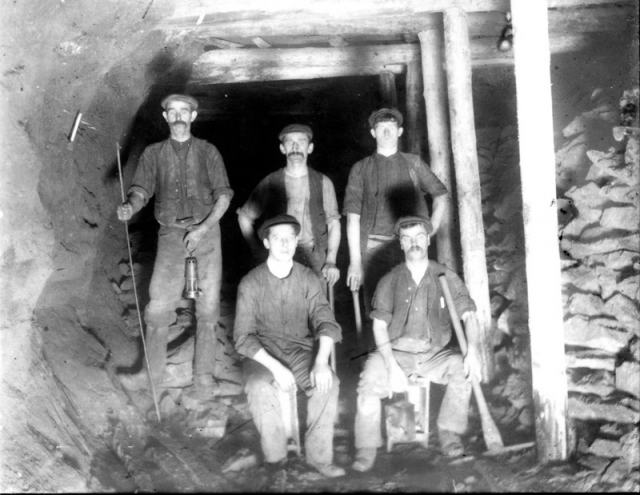Local history and a sense of identity
Article

Developing a sense of identity and place through local history
The history co-ordinator often finds some real challenges as well as opportunities in addressing local history in primary schools. The advantages are well rehearsed – making history relevant to the lives of the children and giving them an improved sense of identity and place through engagement with the ‘real thing’. For many co-ordinators, however, the locality is a semi-alien world where neither they nor a sizeable number of the pupils have roots. In addition, there are often no off-the-shelf teaching materials to provide usable ideas in the classroom. The motivations and circumstances of key people and events and their impact locally and on the wider stage is often at best hazy and at worst non-existent.
The effort to remedy this is, of course, worthwhile. Not only is local history a significant part of the primary National Curriculum but where we live and grow up is an important part of who we are. Nor are the sources very elusive. Many localities have a plethora of resources with museums often being to the fore. This article explores some of the ways in which a local history can be used to give a sense of identity and place to primary-age children...
This resource is FREE for Primary HA Members.
Non HA Members can get instant access for £2.49

